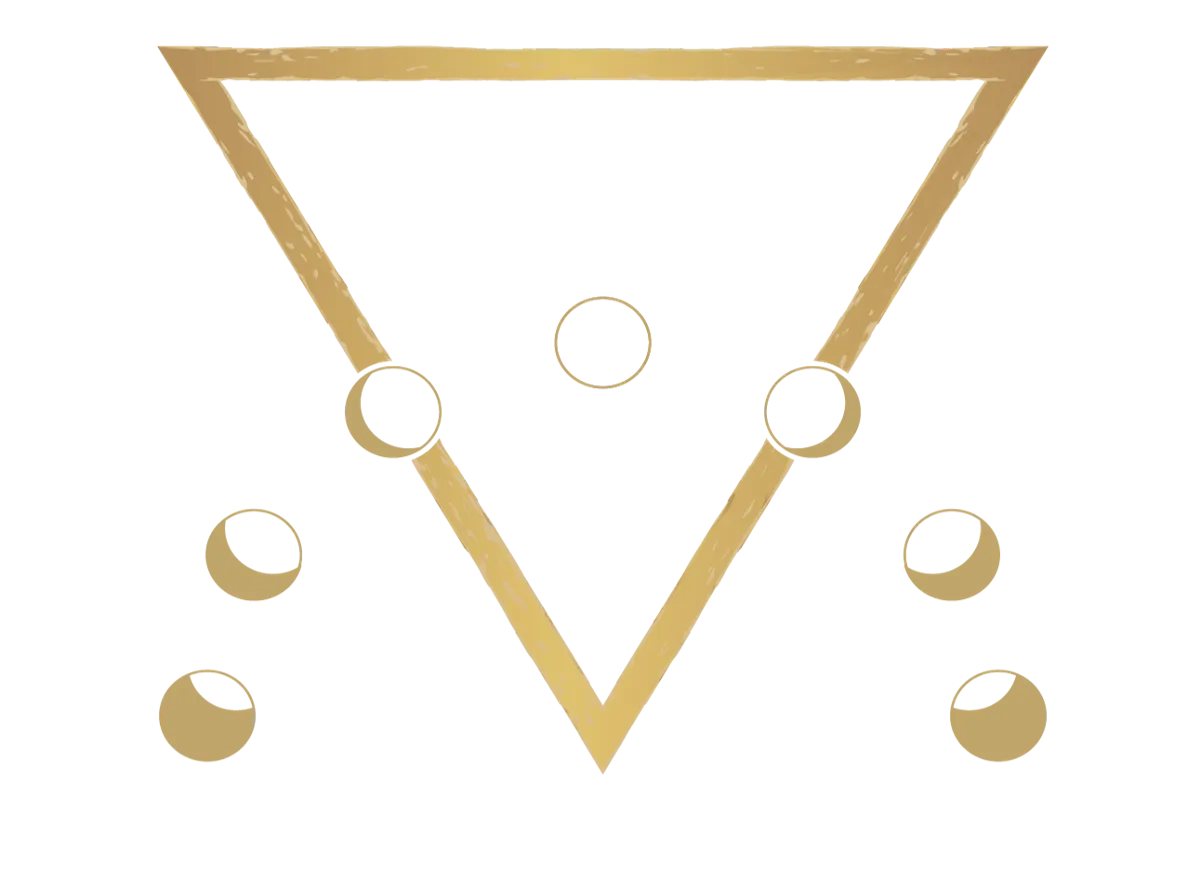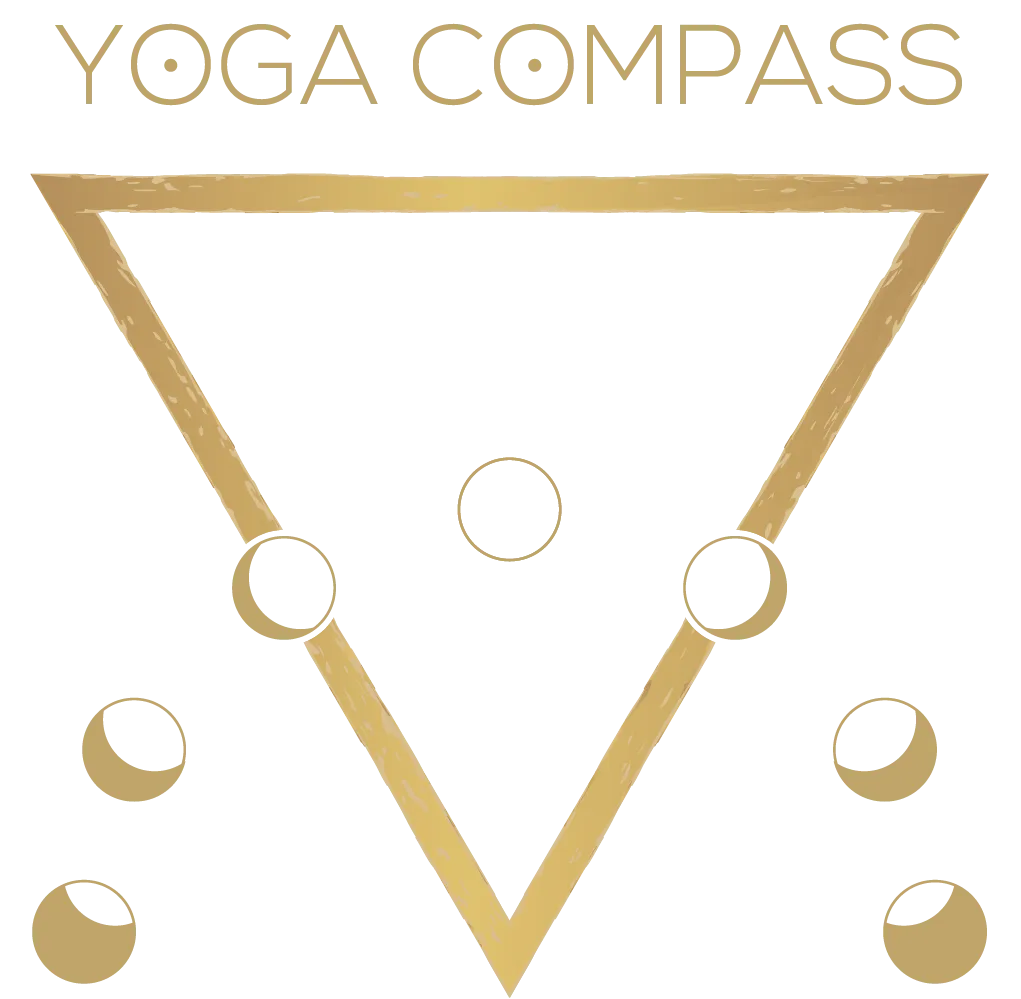

"Here in this body are the sacred rivers, here are the sun and moon, as well as the pilgrimage places. I have not encountered another temple as blissful as my own body," Saraha
YOGA PSYCHOLOGY
Archetypes in Yoga
Asanas and Yoga practice as a gate for accessing the depth of our psyche
Yoga as self-exploration
What is Yoga without the clear intention of self-exploration?
The moment a yoga practice gets striped from dutiful attention to our body sensations and to our breathing, it becomes a choreographed collection of movements ending in still pictures.
The liveness is in the observer and this life then drips into the body of the observer. The body, this perfect receptacle of the nectar of awareness, then becomes the dancer, the actor, the creator for the delight of the observer.
From the sensations to the breath, attend the balance, relax the rest and start again. Can we remember how to play with all these elements?
And there's more... there's layers into the sensations, there's layers in our breath in the same way that we can learn to perceive the layers of fibers in our muscles.
Sensations turn into emotions, and here our mind comes to add a layer of stories. Thousands of our mental stories about ourselves are inspired by our body sensations.
Emotions turn into sensations, massive body sensations, sometimes overwhelming. But we can refine our observation and the big pile that resembles a monster becomes just pieces of a puzzle or material for a sculpture. With self-knowledge we are the artists of our lives.
Sensations, emotions and thoughts. Our soul talking to us in different tones and languages. Let's welcome all this download of information, directives and inspiration!
Let's use our body to make questions to our soul!
We are actors and actresses and we seek precise guidance from our director.
We move our body into an evocative posture... You can ask,
-give me your feedback, I want to know more about my character!
Your psyche has a lot to say.
A great conversation can start between you two.
Yoga is an ideal space for this kind of ongoing interaction. The poses that transform your body into an animal, a tree, an object; the names of the asanas; the gestures of the hands. All is a big enticement for the multiple aspects of your inner self to come out and play with you. Let'em! The playground is open!
The Power of an Archetype
The term "archetype" was coined by Carl Jung to name roles or functions of our psyche.
But the concept of an archetype wasn't new.
All the ancient religions -which are actually psychology systems- were already using archetypes as part of their teachings.
They were calling them gods and goddesses, or ishvaras, aspects of the Divine. All these ancient pantheons had the purpose of offering these diversity of characters to make more accessible the relationship with the ultimate reality, God, Shiva, the Universe. And to understand that all these possible manifestations of the Divine are our aspects too.
In all the traditions we can easily identify at least 3 archetypes, the Mother, the Father and the Child and the exploration of this eternal triad would suffice as a path of self-realization because these models are not static, they are living forces and they take a unique shape for every one of us, while at the same time allowing a connected experience and understanding of the collective consciousness.
Using a group of archetypes for self-exploration is one of the oldest technologies to relate to the divine and get to know our hidden gifts.
Is a game of identification and rejection while elaborating on these magnetic forces to uncover a diverse personal cosmology. This intimate contact with our real Self is what allows us to better relate and interact with the world from our center.
What do you learn in this mini course?
A simple technique to unveil the deeper meaning of Yoga asanas
Yoga is much more than poses to make your body supple and stronger.
Many other eastern disciplines engaging the body, preserved their spiritual meaning in a better way, but since Yoga became mainstream, the idea of making it more palatable for everybody, forced teachers to exclude the meditation and self-inquiry techniques. This left us with just the skeleton of the original art.
When you discover again the unique way in which Yoga opens a portal to integrate your mind and spirit, that's when you come to the real purpose of the practice: becoming whole.
An active meditation to use during your Yoga practice
Working with symbols and archetypes will give you a chance to pierce the veil into your subconscious and connect the dots.
This is the kind of transformational meditation that enables healing and boosts inspiration.
It's all about awakening the observer and taking a new point of view in your practice.
A new vision about asanas to offer in your classes if you are a teacher
Yoga should be guided by a teacher that is fully aware of the energies that the practice mobilizes.
Even when the class centers on the physical aspect and the breathing connection, a teacher with a deeper understanding will naturally offer a more integrated and holistic approach.
After this mini-course you will be able to also bring a new dimension of meaning into your classes and facilitate spontaneous insights for your students.
Four Principles, their related archetypes and asanas
We will explore the Triad and one more principle. You will learn about archetypes, and how to work with them in the context of a Yoga practice.
It's important to understand the basic concepts in the correct way.
There's a lot of misleading information about archetypes out there.
These forces are not to be addressed and known by completing a quiz.
Archetypes inhabit the psychological human dimension and all the other dimensions of physical and metaphysical existence.
When you learn how to read into these energies, you can have a new comprehension of behavioral patterns and relationships' dynamics too.
This is the outline for the program
Introduction to concept of Archetypes and how to use it in connection with a Yoga practice
4 follow along videos, each focused on one of the Archetypes we will be studying
4 classes on the symbology and meaning of the Principles connected with these archetypes, and the related asanas.
Access during one year to all the material, recordings and updates.
Access to important discounts for one-on-one classes and sessions with your teacher.
How this course was born
Way back, at the beginning of my Yoga studies, a book reached my hands. Its content was very different from the other Yoga texts I've been reading: Hatha Yoga: The Hidden Language by Swami Sivananda Radha.
I started to think about yoga asanas in terms of symbols becoming alive through my practice. My practice became more playful and inspiring. I was giving and borrowing meaning to and from the different postures and how my body was responding to them.
Even more revealing, how my thoughts and emotions were engaging with the postures and how the original meaning provided by a name sometimes was changed due to my personal experience of the posture.
Time passed and my practice guided me into yoga spirituality and yoga psychology. My path took me into Tantra and my personal research focused on myths and iconography from this tradition.
Along this winding road, the practice taught by S.S. Radha always stayed with me. Or maybe that book was the main reason why my steps went back to work with archetypes, which are living symbols.
In her book, the author doesn't go into these same asanas and principles that I address in the mini-course, so I felt that bringing this viewpoint into my practice was a natural continuation of what had begun for me with her ideas and also a way to honor her teachings.
This course is for you if:
You're curious about the intersection of yoga, mythology, and psychology.
You want to move beyond just “doing” yoga into living it more consciously.
You love the idea of self-inquiry through movement.
You’re seeking a fresh, soulful lens on your practice.
Cost USD 120 27
Welcome To Yoga Compass by Kali
About Your Teacher
Kālī Tanayā

Kali is a Kali Priestess
and the founder of Yoga Compass.
She is a Yoga Teacher and independent researcher in Yoga/Tantra and pre-aryan spirituality through the surviving myths and iconography
She's been teaching Yoga and meditation for 20 years
